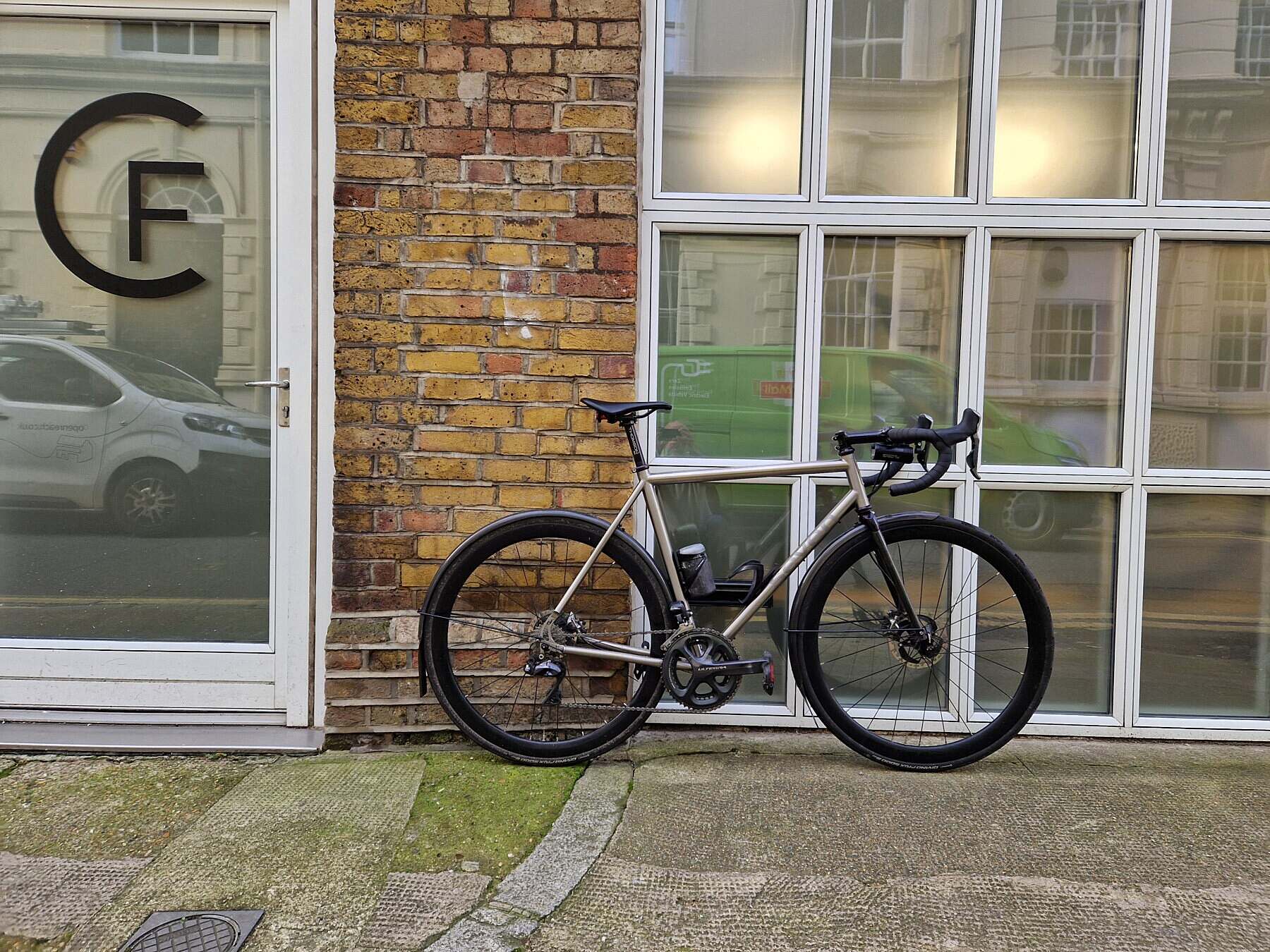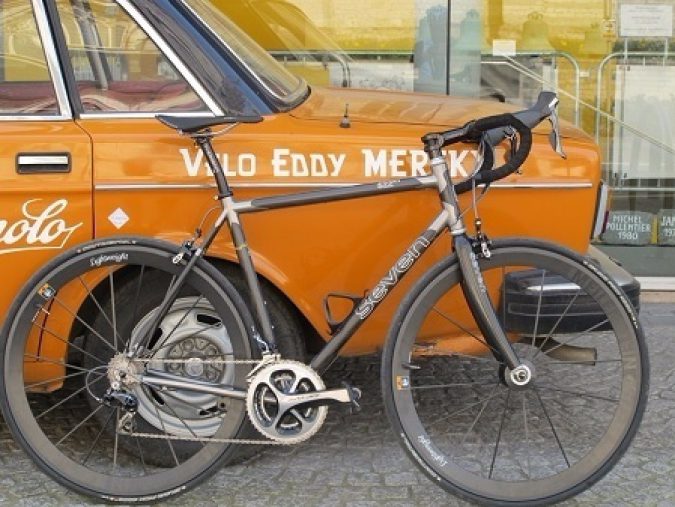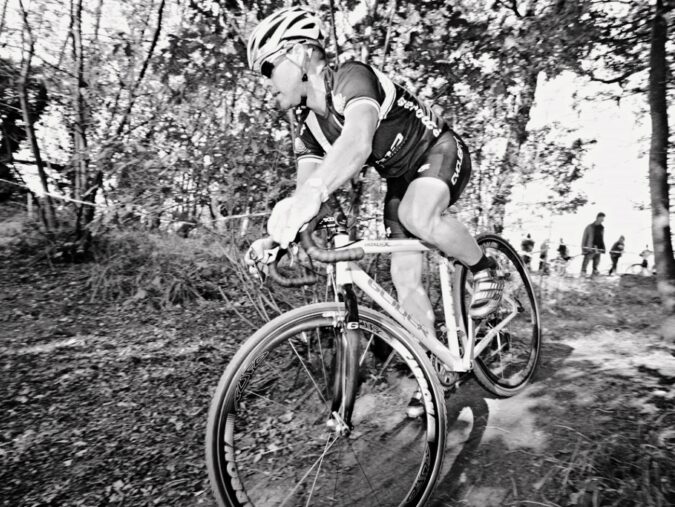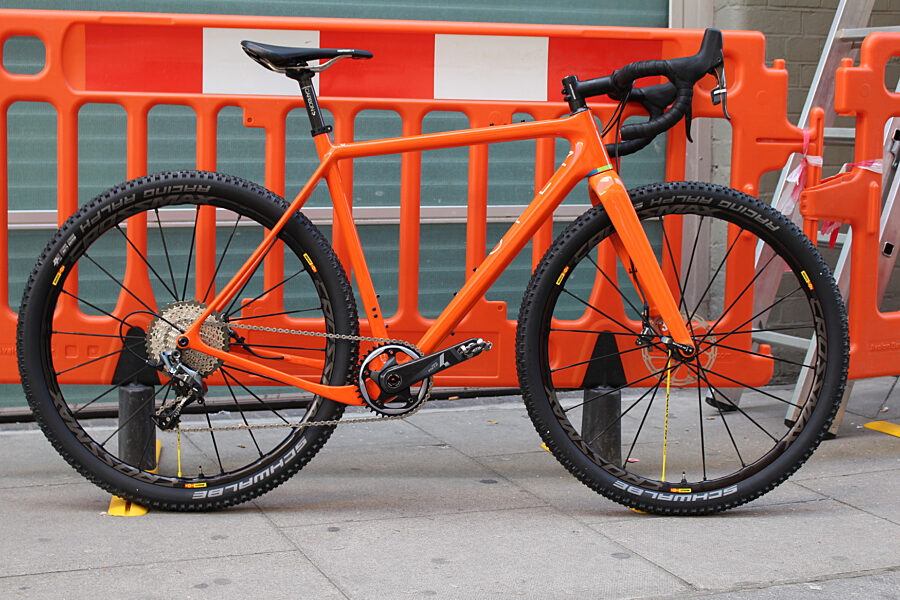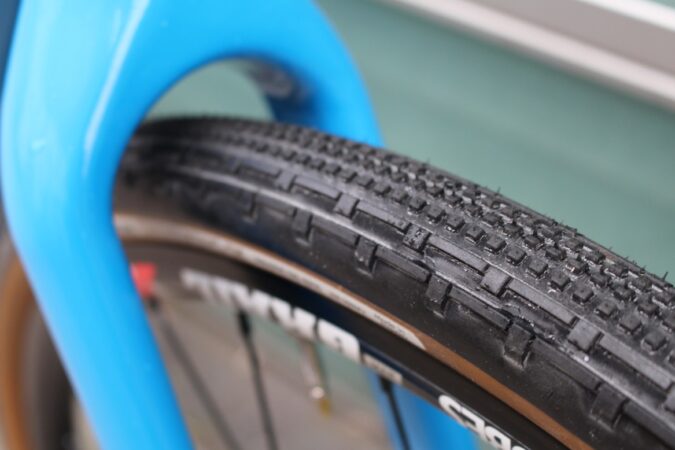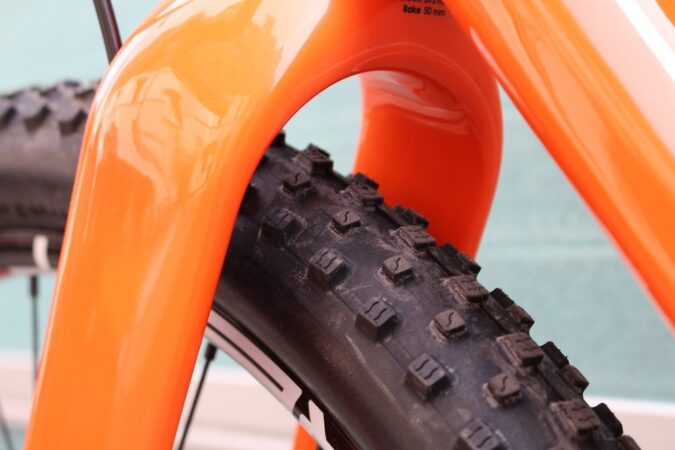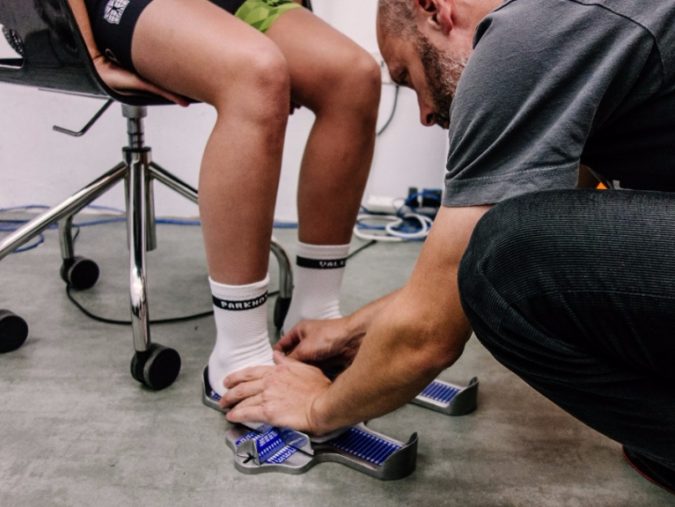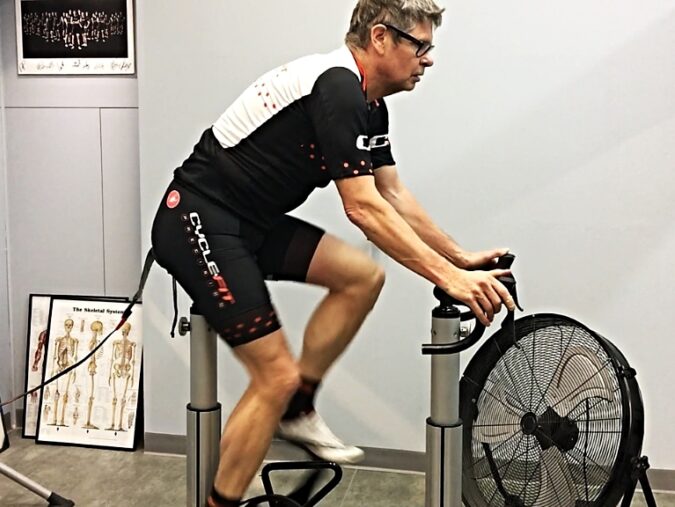Pick not mix.
I am really not nostalgic about the way bike retail used to be, but.. There was a time (not even that long ago) when getting a new bike was pretty straightforward. For riding on the road, you would have a road bike with skinny tyres. If you were buying another one, it would be a winter bike or a training bike, ostensibly the same but maybe with slightly wider tyres maybe up to 28c (as wide as possible with rim brakes, remember them?). One could continue accumulating the available categories. A cross bike might be next. Instantly identifiable as such with knobbly tyres and cantilever brakes. Then a mountain bike perhaps? Flat bar and 26" wheels. Easy.
There was still ample scope for customisation. Choosing wheels, groupset and finishing kit would make your bike yours. For some a custom frame and paint scheme would be a way of standing out, but the bike remained firmly in its category.
"For riding on the road, you would have a road bike with skinny tyres."
A choice avalanche.
Things have changed for the better in so many ways. Not least in terms of the choice we now have. The world of cycling has expanded to occupy a much more prominent place in many of our lives. As consumers we now make much more considered and informed purchases. Information about bikes is much easier to access than it ever has been, and the customer base is wider than ever before. There has been a corresponding increase the the diversity of models offered by manufacturers, but it can feel as if sometimes we are being offered bikes which are looking for a problem to solve.
It is unfair to single out a particular company here but if we consider the "multi-surface drop-bar" market for a moment, we can see what's happening. From two broad categories, cyclocross and touring there have emerged numerous sub-genres and notably "gravel" which has leapfrogged cyclocross to occupy a higher position in this family tree. Many people in the market for a gravel bike have never heard of cyclocross. A similar thing has happened with bike-packing and touring. We also have "all-road" which sits somewhere between endurance road and gravel.
All bikes for all riders.
Differentiation between these bikes has been the job of marketing departments who will carve out a niche for each model while being careful not to downplay its versatility. This, I think is where we, as customers can start to lose focus. How can it be the right bike for my unique needs and also have a hint of "all bikes for all riders"? The problem being that the end user is as yet unidentified.
As is often the case in cycling (think clipless pedals, STI levers, electronic shifting..), it is a technological advance which has re-jigged the way we choose and use our bikes. Disc brakes made it fully in to the (drop-bar) mainstream in the last 5 years. Now a default rather than a choice, this configuration opens up almost infinite tyre options and allows more than one wheel size to be used on a particular frame. It is this choice really that defines what bike you are on. So our old categories still exist, but we can move a bike between them at will.
Analysis and clarity.
At Cyclefit, we approach this in a different way to bike manufacturers. We start the end user, the rider. Our process has steps but is essentially a conversation with illustrations. The result is both objective in the form of bike fit measurements, as well as an appreciation of the rider's precise needs as articulated by them.
This is the information we use to reverse engineer the perfect bike. We help the rider fill in the gaps, answering the questions raised by what the marketing departments say, and don't say. The resulting bike is often fully custom from the frame geometry up. It might be a stock or custom bike with two different sets of wheels. It could also be a stock bike with subtle changes to cockpit and drivetrain components aligning the set up with the rider's requirements.
No two fit sessions are the same. The route to the right bike is not set or always completed in clear and even steps, but the result is always an enhancement (often a revolution) in your cycling experience.


